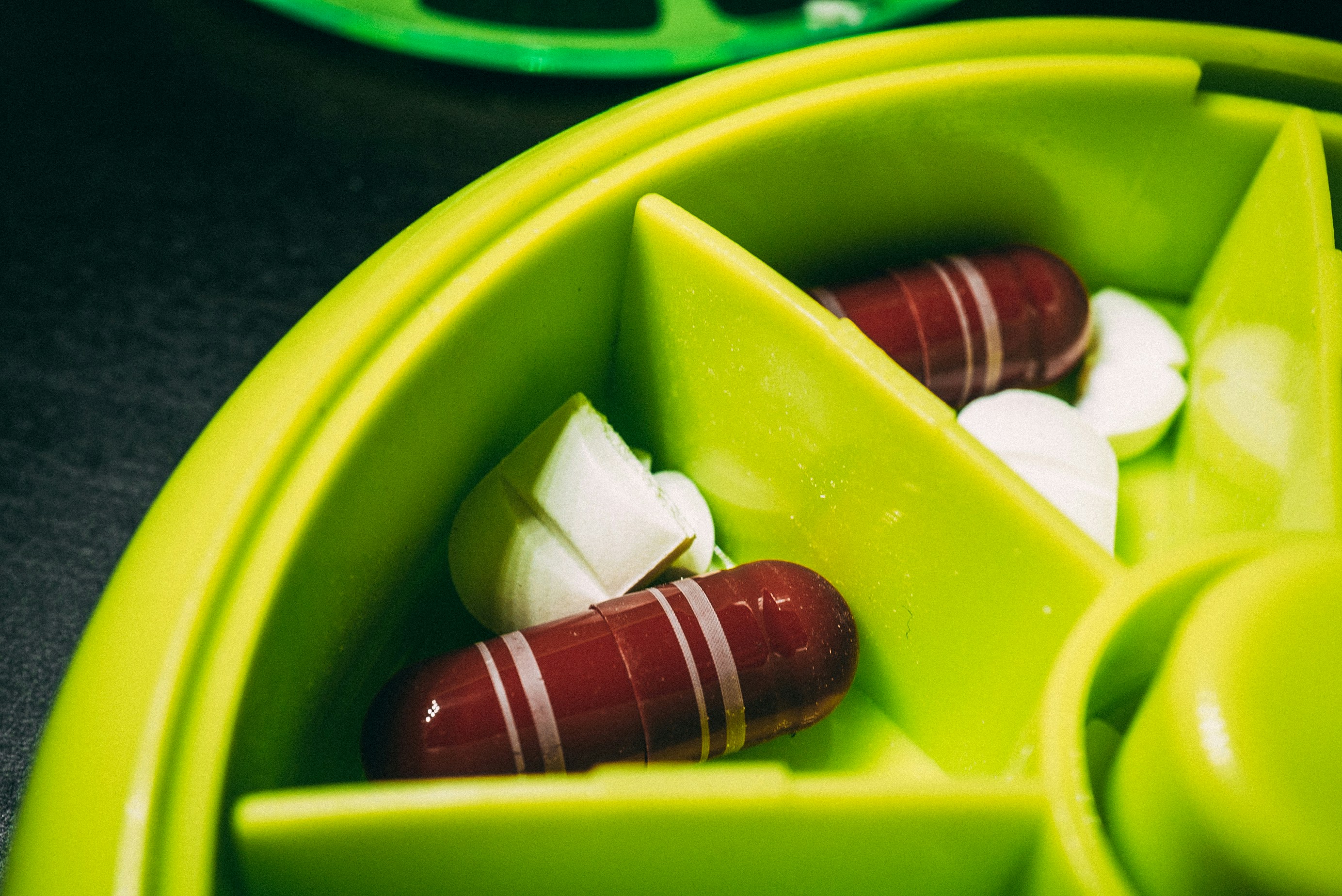By Dina Gavarieva
If you thought lead poisoning was consigned to the annals of history following the demise of the 18th century trend for white make up, you might want to think again. Toxic metals are seeping into our bodies at sometimes alarming levels, and it’s not only lead.
In recent months, researchers examined 30 tampons from 14 different brands bought from stores in New York, Athens, and London – as well as two online retailers – between September 2022 and March 2023.
The study found ‘measurable concentrations’ of all 16 metals they were testing for, including toxic ones such as lead, arsenic and cadmium. Lead, for which there is no ‘safe’ level of exposure, was found in every sample.
Another study, whose findings were released this summer, showed heavy metals had been found in baby food.
For chocolate lovers, a US study found lead, cadmium and arsenic in 72 cocoa-containing products over the past eight years.

All of which shows how big a problem heavy metal toxicity is.
While scientists point out that these harmful metals exist in the soil and will ultimately creep into all kinds of products, if products are routinely contaminated it can lead to a build-up of heavy metals which can lead to a range of serious and debilitating health problems including damage to the nervous system, the kidneys and cardiovascular system.
Heavy metal contamination can happen through a variety of pathways, often related to environmental factors, industrial processes and agricultural practices.
It can occur through soil and water contamination thanks to activities like mining, industrial waste dumping and improper disposal of metal-containing fertilizers.
Animals, fish and shellfish can accumulate heavy metals from contaminated water and soil and they then enter the human diet.
Food processing and packaging can also be a source e.g. some cans may contain trace amounts of lead or cadmium. Some cosmetics, such as lipsticks and eyeliners, can also contain trace metals like lead, arsenic and chromium.
Common heavy metals and what they can lead to
Lead – found in old paints, contaminated soil, pipes and plumbing materials, batteries, certain cosmetics and industrial emissions. Exposure can cause brain and nerve damage, particularly in children; kidney damage; high blood pressure; infertility; pregnancy complications; and an increased risk of heart disease.
Mercury – found in contaminated fish (especially larger fish like tuna, swordfish, and shark), silver fillings, industrial emissions, and broken thermometers or fluorescent bulbs. Exposure can impair brain function, leading to memory problems, tremors, vision disturbances and cognitive deficits; mood swings, as well as anxiety and depression; and kidney damage. Pregnant women exposed to mercury can also pass it to the foetus, potentially causing developmental delays, brain damage, or congenital deformities.
Arsenic – found in contaminated drinking water, industrial processes, pesticides, wood preservatives and some foods. Exposure can cause skin lesions and discolouration; hypertension and heart disease; and an increased risk of several cancers, including lung, bladder, skin and liver cancer.
Aluminium – found in food packaging (like foil and cans), some cooking utensils, antacids, cosmetics and drinking water. Exposure to high levels of aluminium has been linked to neurodegenerative diseases like Alzheimer’s. It can also affect the body’s ability to process calcium, potentially leading to bone softening and weakness.
Nickel – found in stainless steel products, coins, jewellery, batteries, industrial emissions. Exposure can cause contact dermatitis, leading to skin rashes, itching and blistering; asthma; chronic bronchitis; lung cancer; and heart disease.
Copper – found in copper pipes, cookware, industrial processes, supplements and contaminated water. Exposure can lead to liver and kidney damage; neurological symptoms (tremors, speech issues); and psychiatric symptoms.
Iron overload – from excessive iron supplementation, frequent blood transfusions or genetic conditions like haemochromatosis. Iron buildup can lead to chronic fatigue; muscle weakness; increased risk of infection; liver disease; diabetes; heart disease; and joint pain.
To reduce heavy metal contamination, governments and organisations monitor food products, regulate emissions and waste disposal, and impose strict guidelines on farming practices. However, because these metals persist in the environment, completely eliminating contamination is challenging.
Another method to remove heavy metals from the body is with chelation therapy. This involves administering substances that bind to metals and help the body excrete them, typically through urine.
Sadly, these days you are not only what you eat, but what you touch and breathe in. So, what can you do to protect yourself?
Try and minimise exposure by installing a high-quality water filter in your home, eating organic fruit and vegetables, wearing protective clothing at all times if you work in industries with high heavy metal exposure, and use non-toxic or eco-friendly paints, pesticides and cleaning products where you can.
Other ways to protect yourself include staying hydrated so your kidneys can flush out toxins, eating foods rich in antioxidants and high in fibre, and also opting for sulphur-rich foods such as garlic, onions and vegetables like broccoli and cauliflower.
A number of supplements are also available such as chlorella and spirulina, probiotics and activated charcoal, but always speak to your healthcare provider before adding them to your diet.
If you’re concerned about heavy metal exposure there are a number of tests available that look at metal levels in your blood, urine or hair. Periodic testing can also help monitor and address exposure early.
Preventing and mitigating heavy metal toxicity is often about making thoughtful choices daily to support your body’s ability to handle small exposures safely.
Dina Gavarieva is a qualified naturopath practising at Neomed Institute and Medical Centre, Limassol







Click here to change your cookie preferences